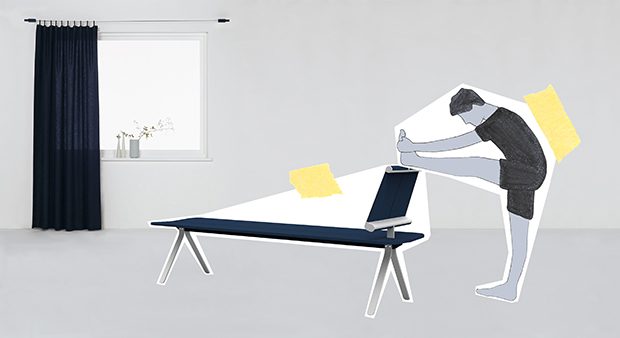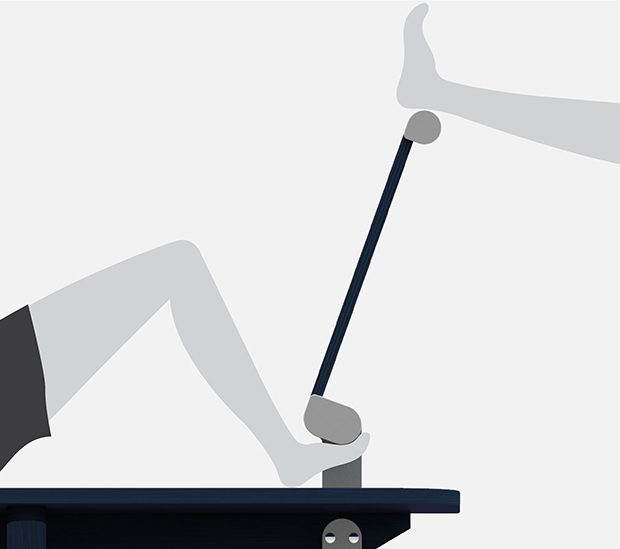By Maurizio Filippi
Overview
This graduation project is a demonstration of the potentialities of a theory-based approach to design for mood regulation, which is based on the belief that design can influence mood by enabling and stimulating people to engage in effective mood-regulating activities.
By 2050, almost 70% of people are predicted to be living in urban areas (UN, 2017). “On average, city dwellers are wealthier and receive improved sanitation, nutrition, and healthcare.” (Dye, C., 2008, p. 319). However, research has also linked urban living to increased risk of anxiety (21%) and mood disorders (39%) (Lederbogen et al., 2011). The World Health Organisation (2012) has reported that globally, more than 350 million people of all ages suffer from mood disorders, making mood-influenced ill-being the leading cause of disability worldwide. But what is the role that design can play in this matter? “Design can best influence mood by enabling and stimulating people to engage in a broad range of mood–regulating activities. Given the direct relationship between mood and both well- and ill-being, products, environments, and services that support appropriate moods should be considered a necessity rather than a luxury.” (Desmet, 2015, p. 11) This represents a significant opportunity for design to broaden its scope and contribute to the happiness of people.
For this project, the western home bathroom was chosen as a context of research, due to the personal interest of the author in the relaxing properties of bathing, and bathing related activities such as the Finnish sauna, and the Turkish steam bath. The goal of the project was kept very broad in the beginning and gradually narrowed down during the analysis phase. A significant contribution to the creation of a well-defined design goal was given by the realisation that, while relaxing practices are usually well accommodated in the domestic environment, little attention is paid to activities that influence people’s mood towards a high energy state such as exercising or stretching. People that want to incorporate physical exercise into their domestic routine have to buy products that, from an aesthetic point of view, better fit a gym than a home environment. Contrary to home, outdoor public furniture is often used as an exercise aid. A common practice is, for example, the use of a public bench to assist with aerobic exercise, anaerobic exercise, and stretching. These observations eventually inspired the design of a piece of furniture, in which physical exercise-supporting features coexist with more relax-oriented attributes. This product would aim to make high energy state inducing activities an integral part of the everyday domestic routine.
 The final result is a piece of furniture to exercise and to relax on, which form stands somewhere in between a bench and a chaise longue.
The final result is a piece of furniture to exercise and to relax on, which form stands somewhere in between a bench and a chaise longue.
Result
The product aims to encourage and support people to engage in regular physical activity by making it a more integrated part of their life. The name of the product is Ginnasio, a reference to the building that, in Ancient Greece, served as a training facility, but also as a place to relax and socialise. 

Reference list:
- United Nations (2017). World population prospect. Retrieved from https://esa.un.org/unpd/wpp/publications/files/wpp2017_keyfindin- gs.pdf.
- Dye, C (2008). Health and urban living. Science 319, 766–
- Lederbogen, F. et al. (2011) City living and urban upbringing affect neural social stress processing in humans. Nature 501.
- Peen J et al. (2010). The current status of urban-rural differences in psychiatric disorders.
- Desmet, P. M. A. (2015). Design for mood: Twenty activity-based opportunities to design for mood regulation. International Journal of Design, 9(2), 1-19.



